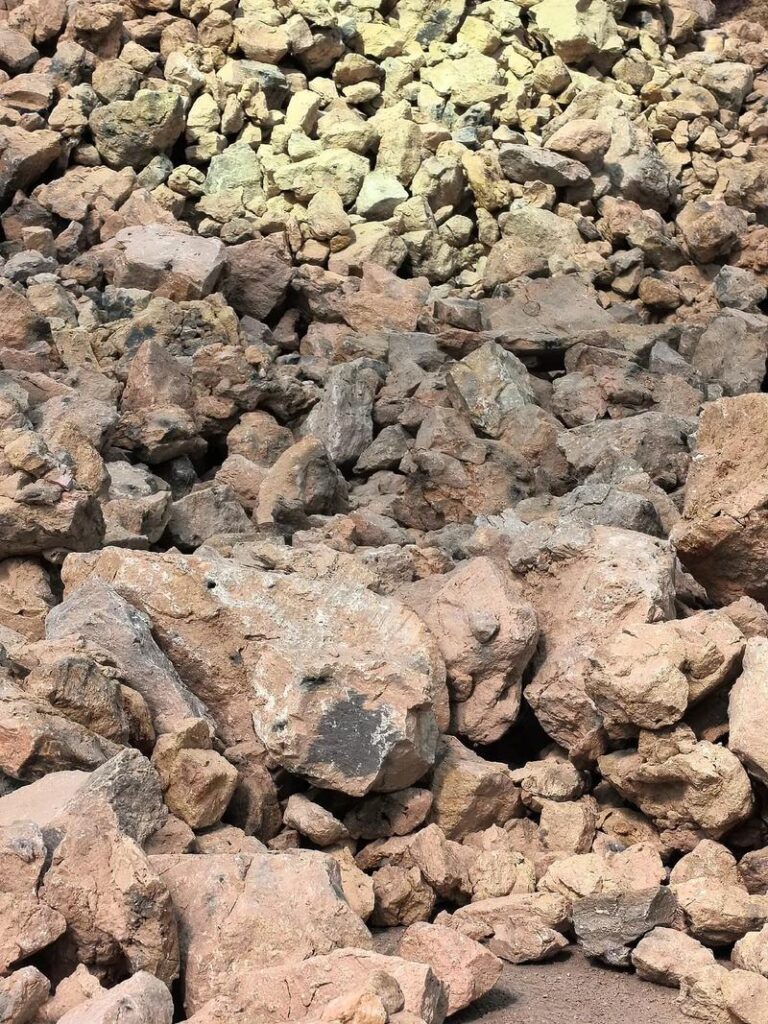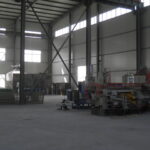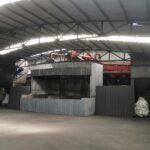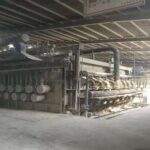Introduction
Calcium aluminate, a compound primarily composed of calcium oxide (CaO) and aluminum oxide (Al₂O₃), plays a crucial role in modern steelmaking processes. Its unique chemical and physical properties make it an effective flux, desulfurizing agent, and inclusion modifier, contributing to improved steel quality and process efficiency. This article discusses the key applications of calcium aluminate in steel production, focusing on its functions in slag formation, desulfurization, and inclusion control.
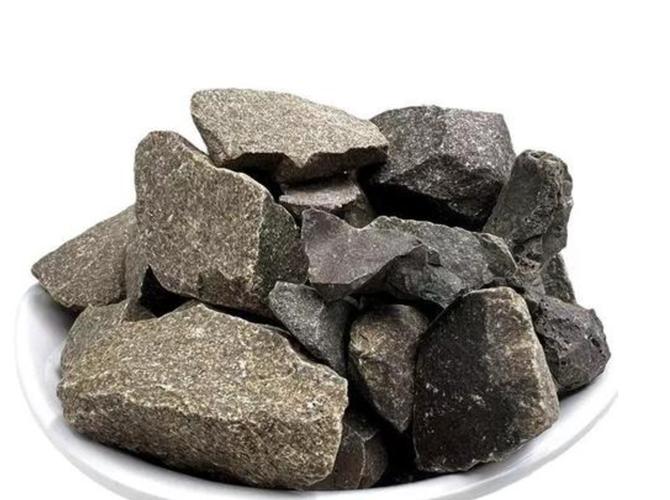
1. Role in Slag Formation
In steelmaking, slag formation is essential for removing impurities such as sulfur, phosphorus, and non-metallic inclusions. Calcium aluminate is widely used as a fluxing agent due to its ability to lower the melting point of slag and enhance fluidity. The compound’s high CaO content promotes basic slag conditions, which are necessary for effective impurity removal, while the Al₂O₃ component stabilizes the slag structure.
The typical composition of calcium aluminate used in steelmaking ranges from “12CaO·7Al₂O₃ (C12A7)” to “CaO·Al₂O₃ (CA)”, depending on the required slag properties. These phases facilitate rapid dissolution in molten slag, improving reaction kinetics during refining.
2. Desulfurization Efficiency
One of the critical functions of calcium aluminate in steelmaking is its contribution to “desulfurization”. Sulfur is a detrimental impurity that can lead to hot shortness and reduced toughness in steel. Calcium aluminate enhances sulfur removal through the following mechanisms:
– High Basicity: The CaO in calcium aluminate increases slag basicity, favoring the transfer of sulfur from the metal to the slag phase.
– Al₂O₃ Moderation: The presence of Al₂O₃ helps maintain an optimal slag viscosity, ensuring efficient sulfur diffusion.
The desulfurization reaction can be represented as:
\[ [S] + (CaO) + (Al₂O₃) → (CaS) + (Al₂O₃-rich slag) \]
Studies have shown that slags containing calcium aluminate exhibit superior sulfur partition ratios (Ls = [%S in slag]/[%S in metal]) compared to conventional lime-based slags.
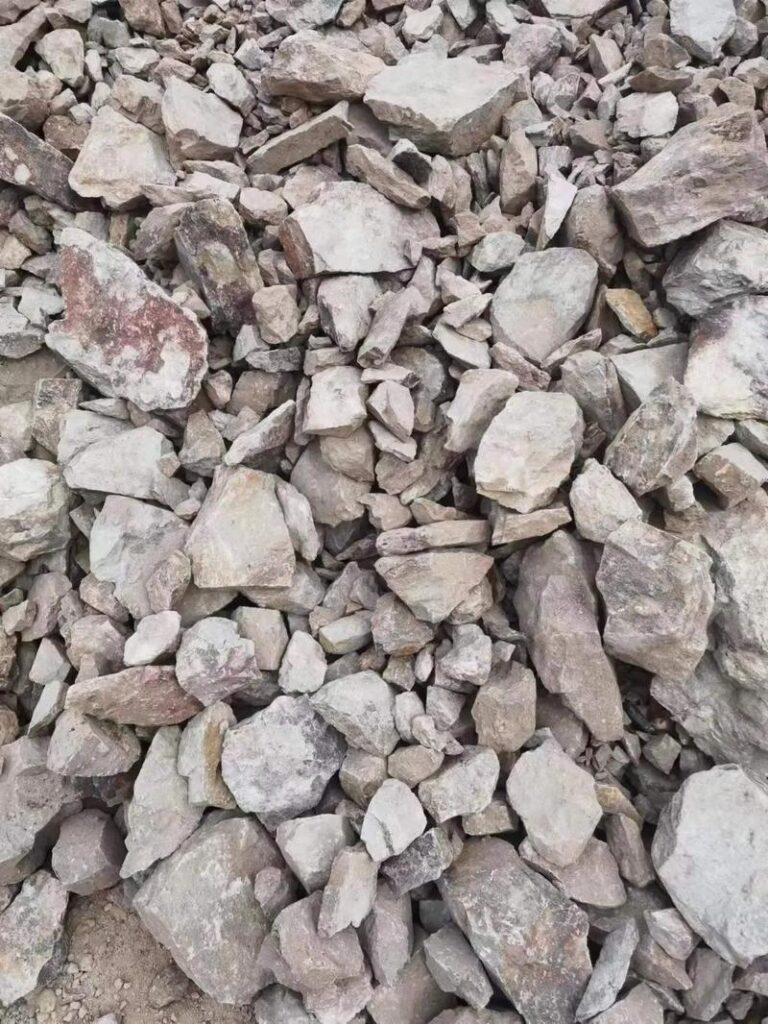
3. Inclusion Modification
Non-metallic inclusions, particularly alumina (Al₂O₃), can negatively affect steel properties by causing mechanical failures. Calcium aluminate is used to modify these inclusions into less harmful forms:
– Alumina Modification: Calcium aluminate reacts with solid Al₂O₃ inclusions to form liquid calcium aluminates (e.g., “CaO·2Al₂O₃ (CA₂)” or “CaO·6Al₂O₃ (CA₆)”), which are more deformable and less likely to clog continuous casting nozzles.
– Sulfide Shape Control: In combination with calcium treatment, calcium aluminate helps convert elongated MnS inclusions into globular CaS, improving steel ductility and machinability.
4. Advantages Over Traditional Refining Agents
Compared to pure lime (CaO) or dolomite, calcium aluminate offers several benefits:
– Faster Melting Rate: Reduces refining time in ladle furnaces.
– Lower Fluorine Content: Unlike fluorspar (CaF₂), calcium aluminate does not release harmful fumes, making it more environmentally friendly.
– Improved Slag Stability: Minimizes rephosphorization risk in low-phosphorus steel grades.
Conclusion
Calcium aluminate is a versatile and efficient material in steelmaking, enhancing slag performance, desulfurization, and inclusion control. Its ability to improve steel cleanliness and process efficiency makes it indispensable in modern metallurgical practices. Further research into optimized compositions and application methods could expand its utilization in advanced steel grades.
